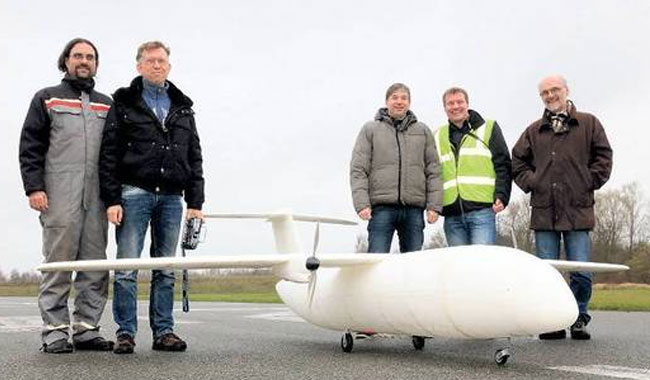This small aircraft is opening a door to many more things to come in the future of aviation as 3D printing technology is now offering benefits of saving time, fuel and money.
Using 3D printing can help increase the pace of the development process not only for individual parts of an airplane, but also the entire system of the aircraft.
Thor is mostly made up of a substance called polyamide and the remaining parts being the electrical elements.

Aerospace giants like Airbus and its US rival Boeing are already using 3D printing to create parts for their passenger jets such as the A350 and B787 Dreamliner.
The advantages of the printed parts are that they do not require any tools for construction and can be created really fast. The metal parts of the plane will also be 30 to 50 per cent lighter than it would have been before 3D-printing technology. This type of construction also produces zero manufacturing waste.
It is also expected to be used for parts in space for example the Ariane 6 rocket of European Space Agency ESA will feature 3D printed parts and will blast off in 2020. Due to these printed pieces, the Ariane 6 is expected to be a lot less in terms of cost and price compared to its predecessor Ariane 5.
Ecological benefits
The new 3D printers can make pieces up to 40 centimeters (15 inches) long and is of most use in especially complex outlines.
Charmeau said Airbus is trying to print an infusion gathering for a motor that is presently collected from 270 individual pieces. With the use of 3D printing, the engine will only have 3 sections.
Beside the costs reserve funds, 3D printing additionally guarantees natural advantages as lighter planes utilize less fuel and heave out less contamination.
To decreasing carbon outflows in aviation — with air activity anticipated to double in the following 20 years , the unequivocal issue is radical specialized advancement in a generally brief time.3D printing is sure to assume a noteworthy part in this.

